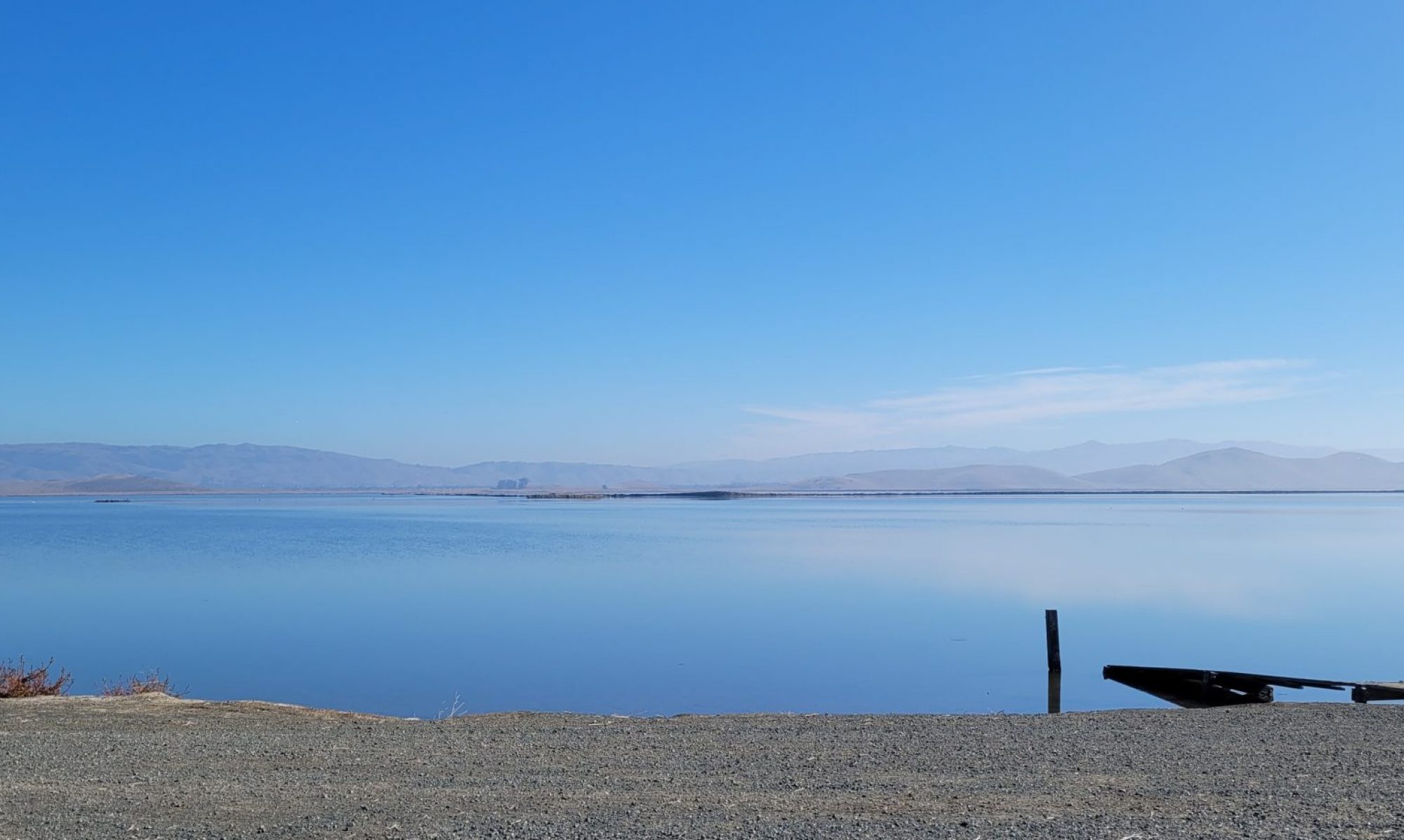
The achievement was a historical footnote at Lake Placid, an asterisk among the ALL CAP raves for the “big” notables like Team USA’s hockey upset of the Soviets and Eric Heiden’s five gold medals. Willie Davenport and Jeff Gadley, push men for the four-man bobsled, were the first black Americans included on a U.S. winter Olympic team. As the 2018 Winter Olympics kick off in two days, the intersection with Black History month provides a perfect opportunity to discuss diversity and to celebrate notable achievements by athletes in the Games.
I was somewhat bewildered immediately in seeking information. First, while data on medal winners came easily, detail about the first Olympic participants was harder to find. Boxer George Poage was cited as the first black medal winner at the summer Olympics in 1904, only the third time the Games had been staged. Whether he was also the first participant is hard to determine. It took quite a bit of digging to ferret out the ESPN analysis that showed Davenport and Gadley as the first winter participants. Secondly, it was a bit shocking to realize that while only eight years passed before African-Americans were added to the summer U.S. teams, a full 56 years occurred before blacks were included on TeamUSA in the winter. Continue reading “Black American Pioneers on Ice and Snow”



